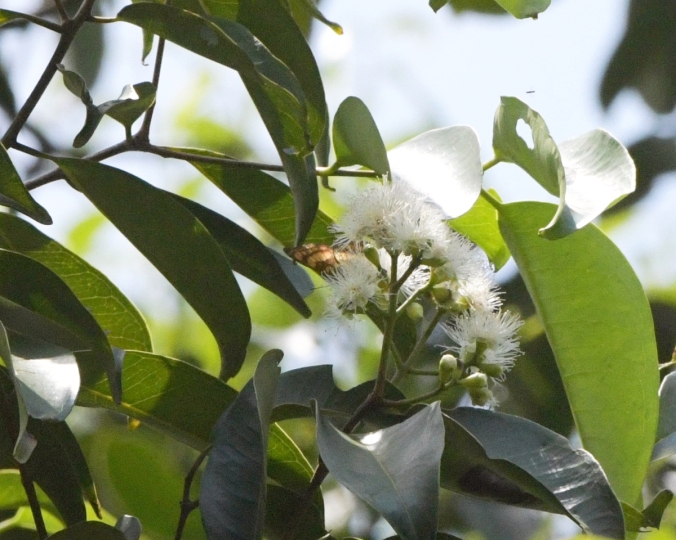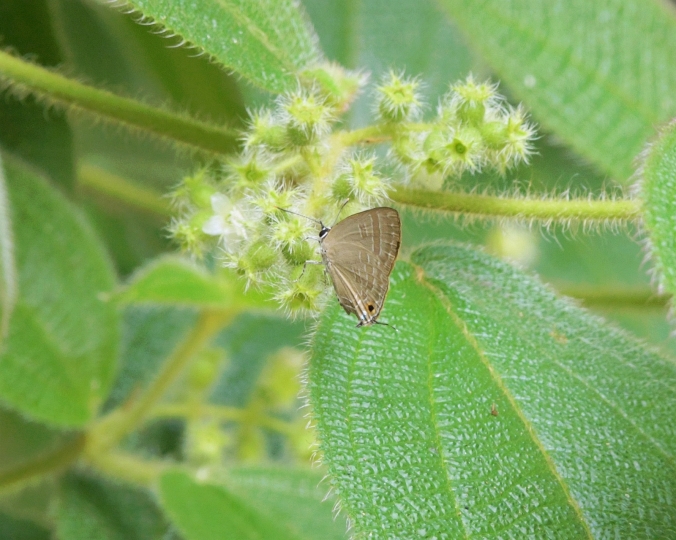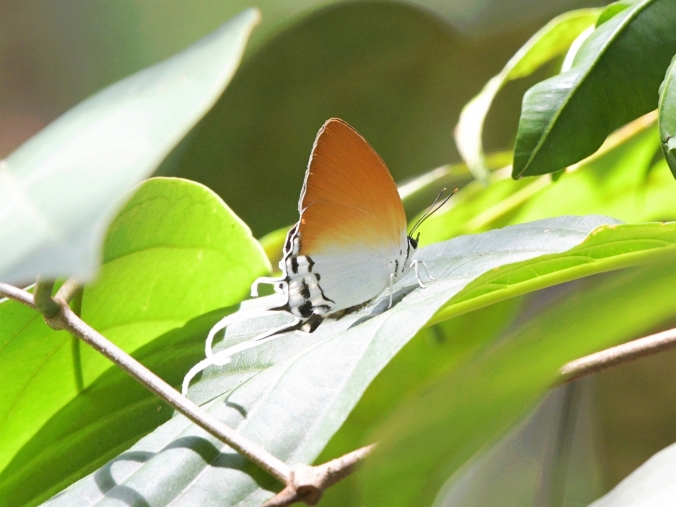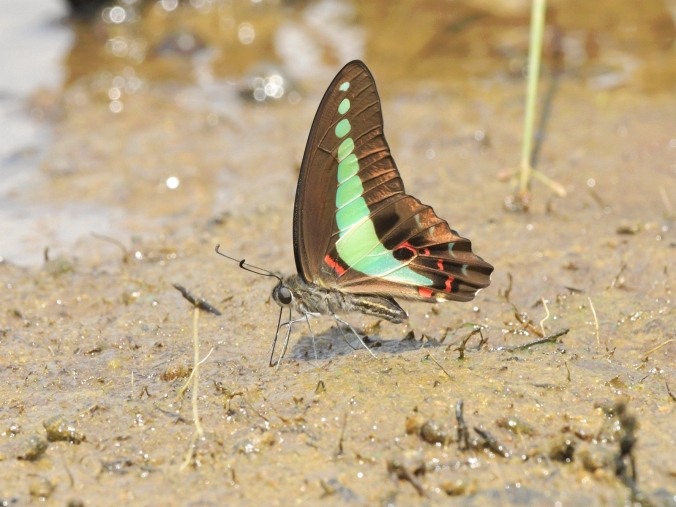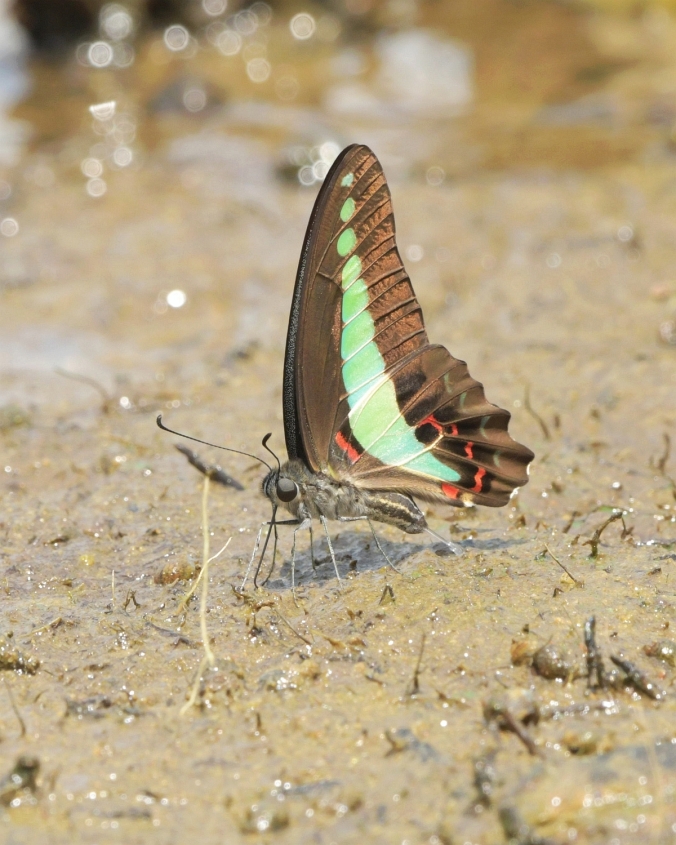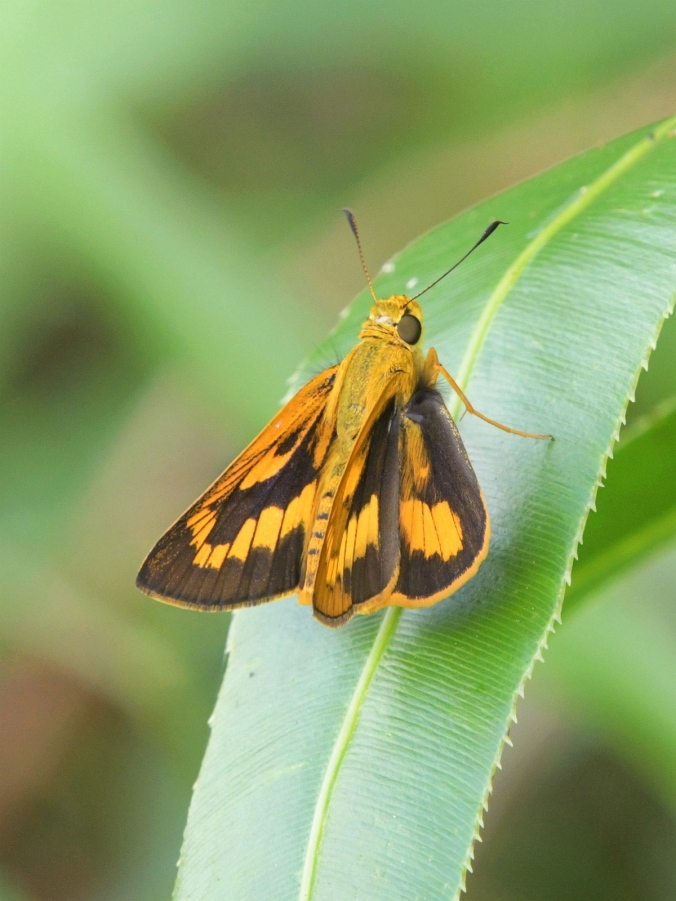Lunch was obviously roti prata from the last Prata restaurant at Casuarina. The prata was not too fantastic but the curry was relatively decent.
Having settled lunch, we headed over to Upper Seletar where our last visit 9 July 2016: Butterfly Watching at Upper Seletar had many goodies. Given the time of the day when we reached (close to 3pm), we were expecting lesser. In nature, if it is there, it is there.
Well, if it is not there, you can always put it there. Upon arrival, we found a handful of young American Bullfrogs at the stream. Not native to our shores, these must have been released by “merciful” people – seeking mercy for themselves while cursing others. There are definitely better ways to show mercy than to release alien species that will damage the native ecosystem. Here are some examples:
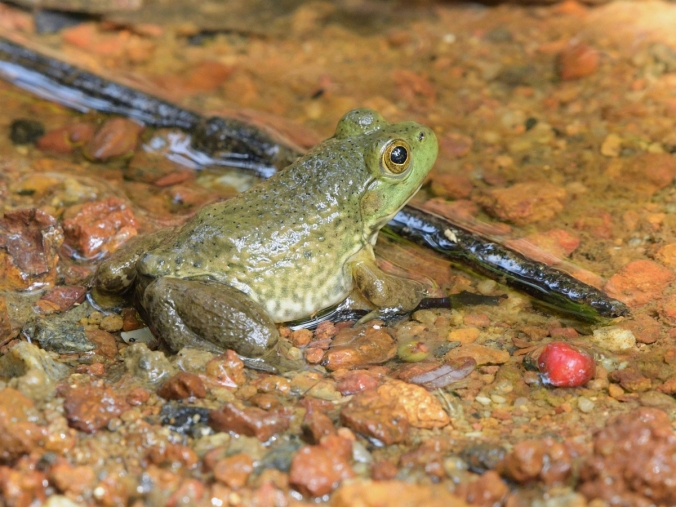
Behind the adorable looks is a voracious appetite… Say goodbye to the stream inhabitants!
Thankfully, the forest of Upper Seletar is far richer than what the alien species could bring. For butterflies, we were delighted to be able to re-connect with the Darky Plushblue. A worn individual but its underwing patterns are still amazing.
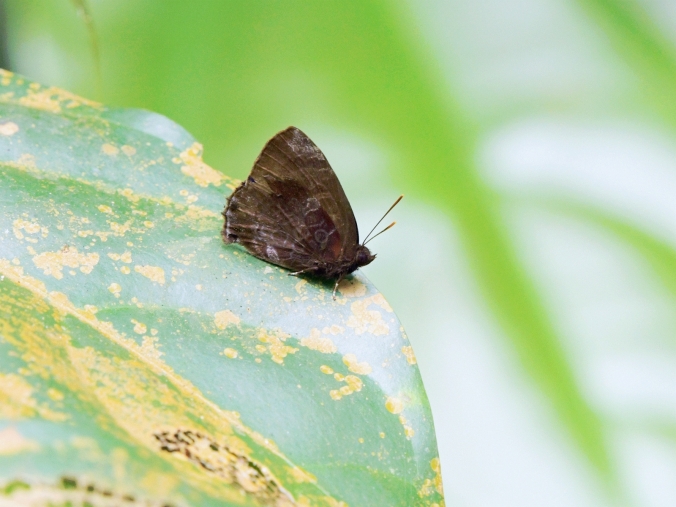
“Missing a bit of glitter but not missing my identity..” – Darky Plushblue
At our favorite trail, we found our new butterfly for the visit, the Narrow Spark. Its flight resembled that of the Common Caerulean. However, when perched, it was clearly something different. Our sole spark of the visit! (pun intended)
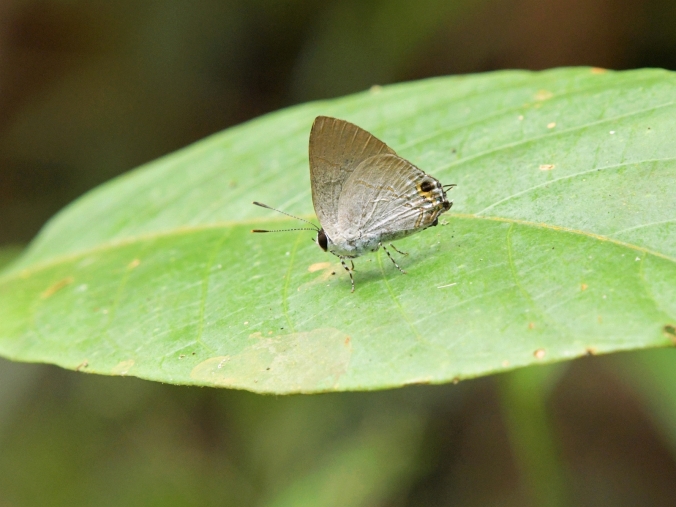
Narrow Spark
Lastly, we encountered a pair of Anderson’s Grass Yellow busy mating. For privacy, they took to the middle-storey to carry out their business. Unfortunately, it wasn’t enough when dealing with intrigued busybodies.
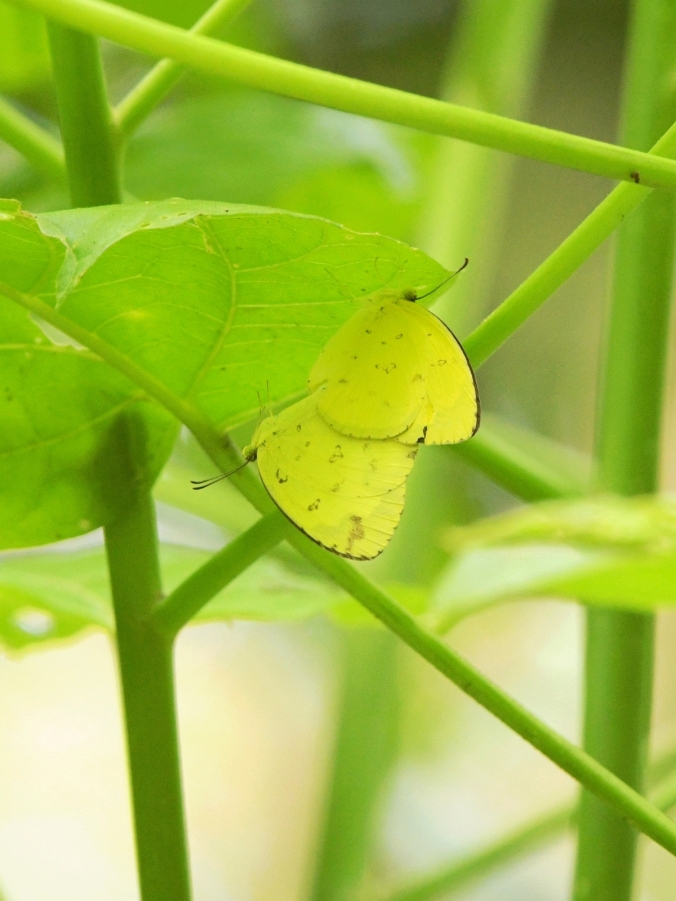
Mating Anderson’s Grass Yellow
Upper Seletar is definitely a must-visit for new butterfly-watchers looking to cross path with the forest denizens. No amount of visits will do sufficient justice to this place. Simply amazing!
